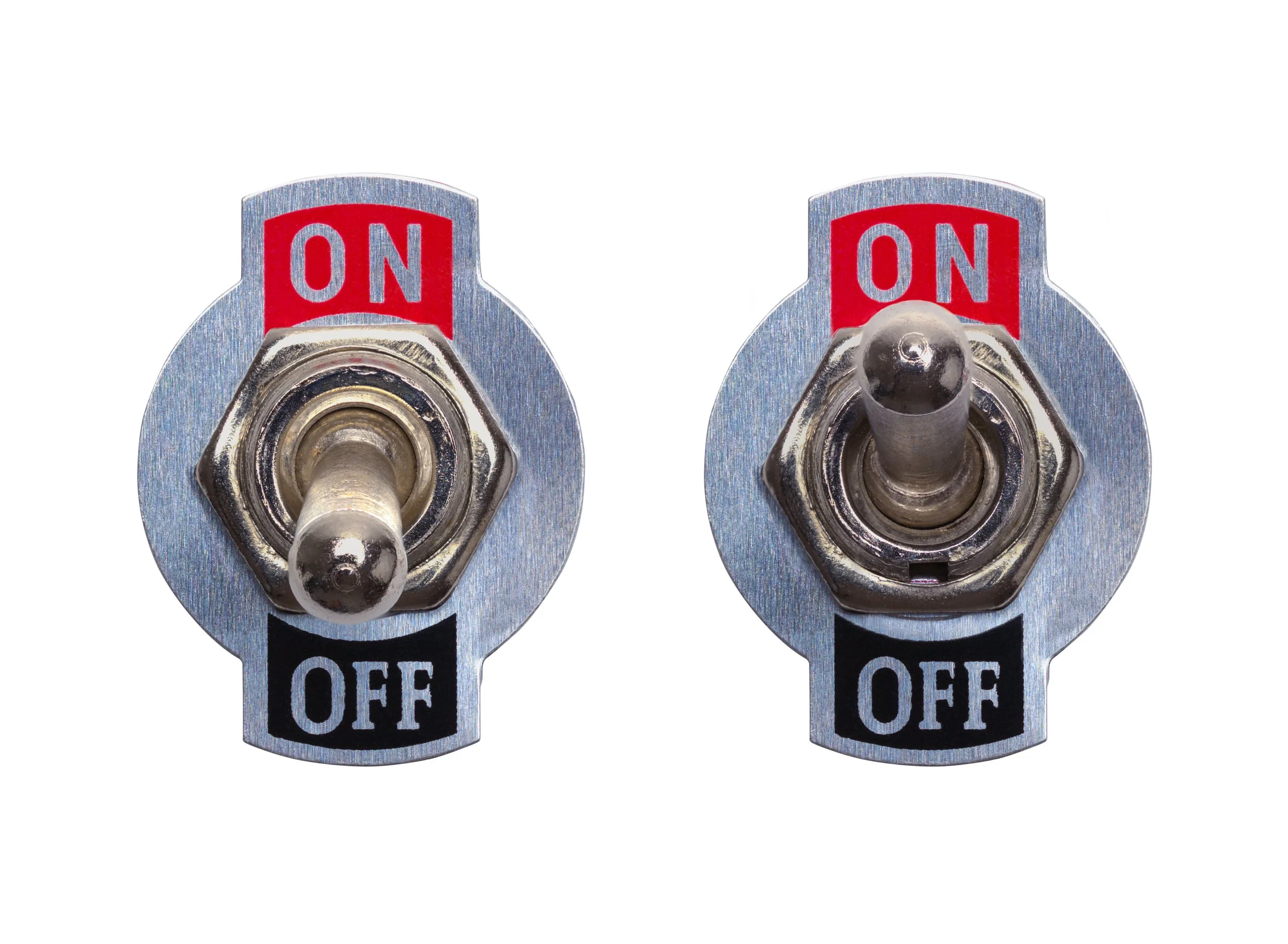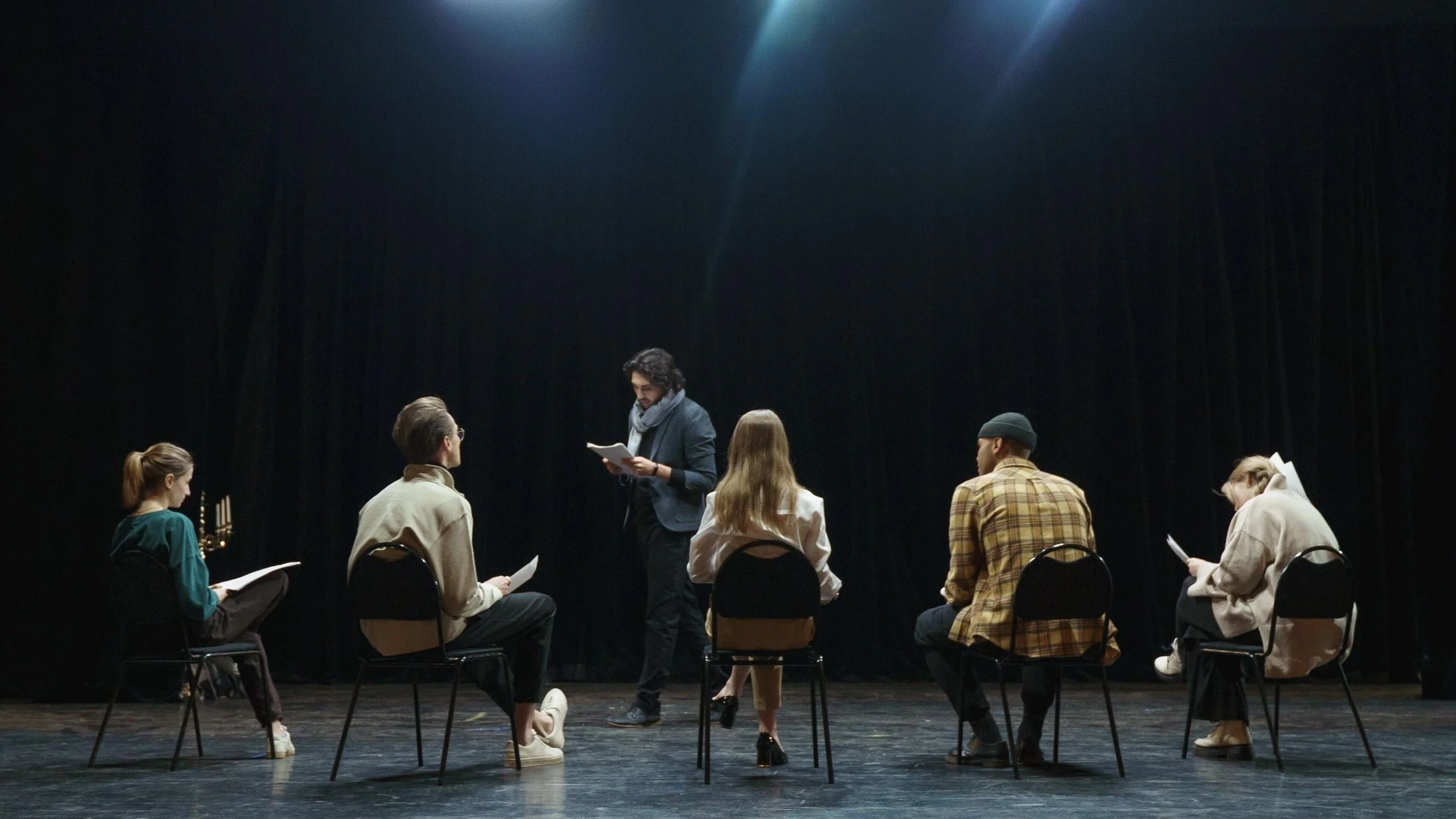Imagine if your audience—your team, bosses, clients, or customers, had a “communication crystal ball” for your next presentation. What would they see?
Read MoreRegardless of the reason for going quickly, speeding through content is a major presentation faux pas.
Read MoreWhile we advocate for simple, image-first slides, there are times when complex slides–with graphs, charts, images, and analysis–are unavoidable. In these instances, you need to channel your internal tour guide and tell your audience 3 things:
Read MoreThe “Efficiency Funnel” allows presenters to introduce a lot of content without getting mired in the details. Learn about the efficiency funnel and how to deploy it, here…
Read MoreHere’s our 5-step, iterative process to develop and deliver a great presentation…
Read MoreBusiness professionals tasked with important presentations can script a ‘perfect’ presentation, practice it flawlessly, but then stiffen up when presenting to the Board, an important client, or the company. They revert to recitation, their sentences are choppy, their tone is flat, and the presentation no longer feels like a conversation. We call this toggling into ‘presentation mode,’ and it can be a communication liability.
Here are five tips to help you avoid toggling into ‘presentation mode.’
Read MoreInevitably, during every presentation, meeting, conference call, or conversation, you get asked questions. Dozens of them. And each of those questions need an answer, an answer that is efficient, clear, and easily retained.
Below are a few of our tips to help you provide clear, succinct, and effective answers.
Read MoreConstructing a family recipe and building an effective presentation aren’t that different. They both start with an assembly of ingredients that are then carefully combined to produce the delicious result.
From our family to yours, here’s a recipe for a satisfying presentation your audience will love.
You’ve got your talking points, developed great strategic stories, written an outline, and built a PowerPoint to reinforce your key messages. Heck, you’ve even added a few speaker notes to your slides.
But, you’re not finished.
You need to rehearse.
Read More









